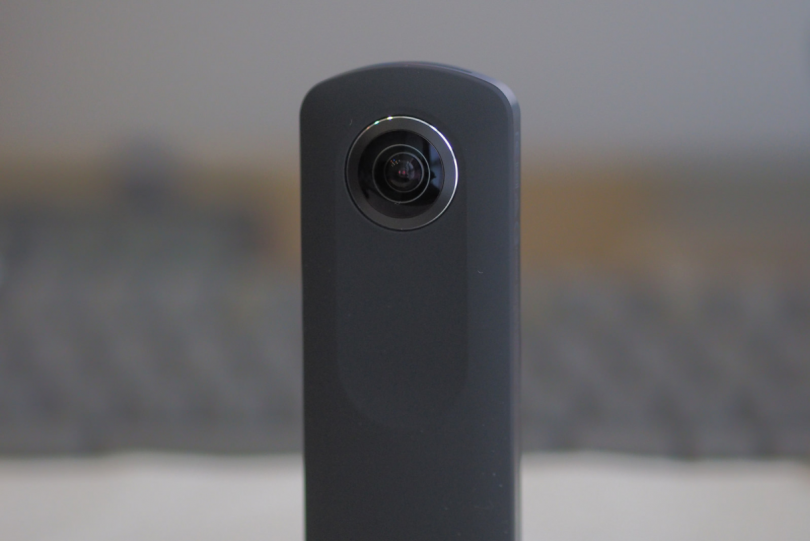The year is 2017. The times have changed, and people are constantly seeking original ways to experience the news. 360 camera recordings are the next generation of technology which has started to proliferate in the journalistic sphere.
360 reporting involves taking pictures or filming videos which display the entire environment in every direction. This allows audiences to view the whole environment in any direction.
The audience can use their computers, mobile devices or virtual reality headset to experience these ultra-realistic productions by dragging the image around or tilting their devices as if to simulate movement around the environment.
This new form of technology allows journalists to break the barriers previously holding them back. Journalists would be free to experiment with the many opportunities virtual reality (VR) and 360 offer in order to encourage audiences to experience and immerse themselves in the content.
In November 2016, The New York Times launched their own daily 360 VR news site. Their reporting in the aftermath of the Charlottesville rally showed how powerful a tool like the 360 camera can be. In US Rallies Behind Charlottesville, the audience is positioned within the crowd at a vigil for Heather Heyer who died after being run down in the rally.
The technology allowed audiences to be transported to the actual location, watching on with the group of mourners, as opposed to watching from the sidelines. Unlike other journalism mediums, 360 includes the audience in the environment. It gives audiences a first-hand perspective which magnifies the emotive aspect of the event.
Journalism doesn’t always have to be about hard news. 360 technology has allowed news organisations to produce video experiences which few people have undertaken in reality.
CNN has also jumped on-board the 360 VR trend. CNN produced a video showing a unique experience only a few have done and many want to do. In Go Skydiving with the U.S. Army, the audience is thrust into the air with the Army Golden Knights, an elite group of skydiving American soldiers, where they experience the thrills of skydiving.
With 360 technology’s advancements, it allows viewers to experience similar sensations as if they were actually partaking in the jump. A sensation called disparity.
Explained in ABC’s Catalyst program, Meet the Avatars, the disparity is the distance between a person’s left and right fields of vision. The distance can be seen by holding a finger up in front of a person’s face, closing one eye and then the other eye. The distance determines how far an object is. The further the distance between both fields of vision, the closer the object and vice versa.
VR and 360 technology use this concept to trick the audience’s brain into thinking that they are actually falling to the ground in CNN’s video. This provides audiences with a realistic experience and keeps audiences interested as old forms of journalism fade out.
With the world rapidly changing, journalism is no different. Journalists must embrace the change and continue to find new ways to innovate in order to satisfy their audience’s need for contemporary journalism.

